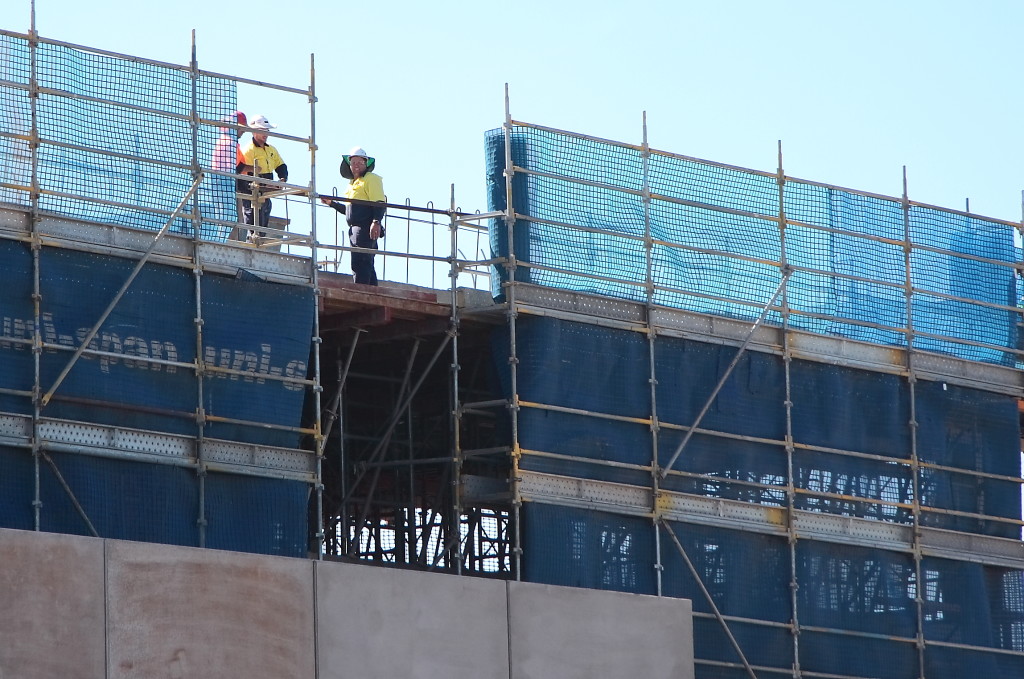Building growth turns spotlight on skills shortage
The building industry is struggling to keep up as a Statistics New Zealand shows strong growth in building activity over the March quarter

Builders are struggling to keep up as a Statistics New Zealand report released yesterday shows strong growth in building activity over the first part of the year.
The report, titled Value of Building Work Put in Place, showed a 15% rise in residential building and a 17% rise in non-residential building activity over the March quarter.
Non-residential levels are the highest they have been in any quarter since 2006.
Builders and their apprentices were optimistic today, and said the news reflected the reality of what they were seeing on a daily basis.
Whangaparaoa-based Bindon Construction site manager Rob Hellen said he had noticed an increase in tendering and repeat work.
“Quite a lot of that is because the industry is so stretched. Nobody is applying for tenders because they’re already so busy.”
A lack of skilled labour means firms are struggling to keep up with the demand.
Austerity measures after the 2008 financial crisis meant fewer companies were willing to take on apprentices and the effects are now beginning to be felt.
“Nobody could afford apprentices for four or five years,” said Hellen. “And now as a result you can’t find enough skilled tradesmen in the industry.”
The financial aftershocks of the Christchurch earthquake are still being felt even in central Auckland as landlords are forced to strengthen their buildings against earthquake damage.
“Owners have to do it for insurance purposes and there’s a lot involved,” said Hellen.
“The next three or four years are going to go crazy.”
Hamilton apprentice builder Mitchell King travels weekly from Hamilton to Auckland where he stays and works for Livingston Construction Limited.
“There’s been a lot of work in the big sectors,” he said.
The increase in work has led to more stability at home and a brighter outlook.
“More work means more job security and that really takes the pressure off of people.”





